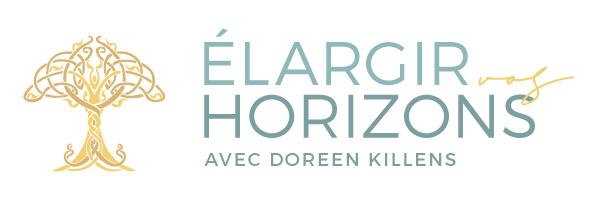This 3-day course is designed to provide participants with the tools to assess and treat the myofascial system of the Lower Quadrant.
This evidence informed course will outline how to identify and treat fascial restrictions. The techniques demonstrated are derived from manual therapy for the fascia (Mobilisation of the Myofascial System (MMS) and Structural Myofascial Therapy (SMFT®), a treatment approach used in massage therapy that consists of a series of deep manual techniques coupled with Postural Awareness. This combined approach will allow the participants to appreciate how these myofascial dysfunctions can affect the client’s range of motion, motor control, and global function.
SPECIFIC OBJECTIVES
By the end of this course, participants will be able to:
- Apply the anatomy and physiology of the myofascial system to a treatment approach for the myofascial body.
- Understand the concepts of treatment for MMS and how this approach may be integrated into the other methods normally used by manual therapists.
- Understand the concepts and tools for treatment with SMFT®.
- Understand Postural somatic awareness and body reading.
- Apply techniques for assessing and improving the mobility of the myofascial system for the Lower Quadrant (including the following areas):
1. MMS techniques for the Thoraco-lumbar fascia
2. SMFT® techniques for the back, gluteal region and hip external rotators
3. MMS techniques for the femoral nerve
4. MMS and SMFT® techniques for the Sacrotuberous ligament
5. MMS and SMFT® techniques for posterior, anterior, medial and lateral thigh and leg
6. MMS and SMFT® techniques for the foot
7. Release with Awareness (RWA) techniques for the foot and lower leg
8. MMS techniques for the coccyx
9. MMS techniques for the Iliacus
10. MMS techniques to balance the dura at the cranium
11. Integrate neuro-somatic postural awareness exercises with manual techniques.
- Prescribe the appropriate exercises to maintain fascial mobility.
- Learn appropriate charting for these approaches to Rx.
- Use this treatment approach safely.

